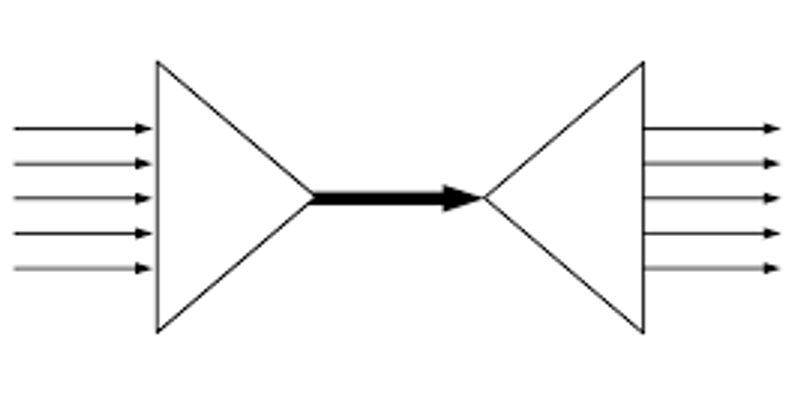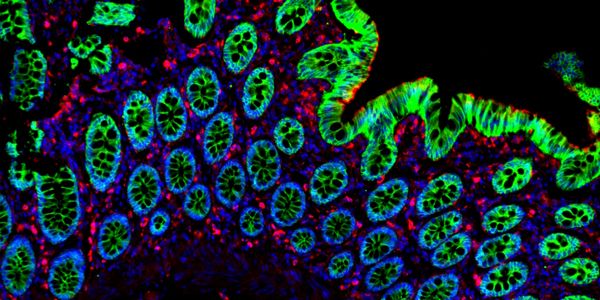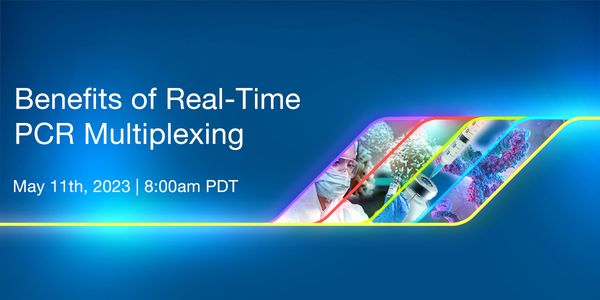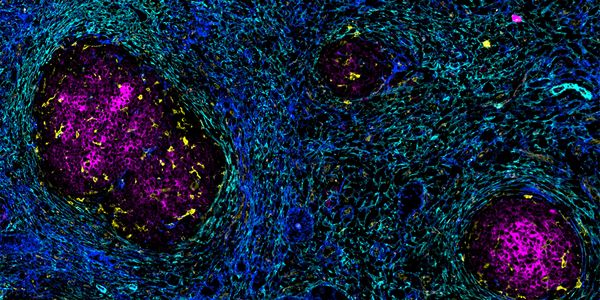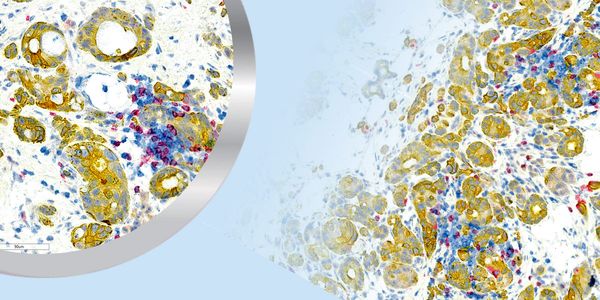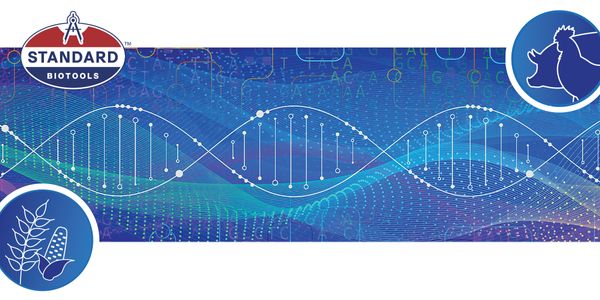JUN 20, 2023 | 10:00 AM
Spatial biology enables researchers to characterize combined molecular information and spatial...
MAY 11, 2023 | 8:00 AM
Date: May 11, 2023 Time: 8:00am (PDT), 11:00am (EDT), 5:00pm (CEST) Quantitative genetic analysis plays a critical role in the research and development of novel biotherapeutics and vaccines....
APR 20, 2023 | 11:00 AM
Date: April 20, 2023 Time: 11:00am (PDT), 2:00pm (EDT), 8:00pm (CEST) Multiplexed antibody-based imaging enables the characterization of cellular interactions, spatial relationships, and his...
APR 05, 2023 | 11:00 AM
Date: April 05, 2023 Time: 11:00am (NZDT) Date: April 04, 2023 Time: 4:00pm (PST), 7:00pm (EST), 1:00pm (CET) Polymerase chain reaction (PCR) technology-based testing method has been widely...
MAR 29, 2023 | 8:00 AM
Date: March 29, 2023 Time: 8:00am (PDT), 11:00am (EDT), 5:00pm (CEST) Cell IDx's UltraPlex multiplex technology enables high throughput multiplex fluorescent and multiplex chromogenic IH...
Digital Droplet PCR (ddPCR) is a method for performing digital PCR use microfluidic water-oil emulsion technology. By utilizing microfluidics and fractionating DNA samples into nanoliter dro...
